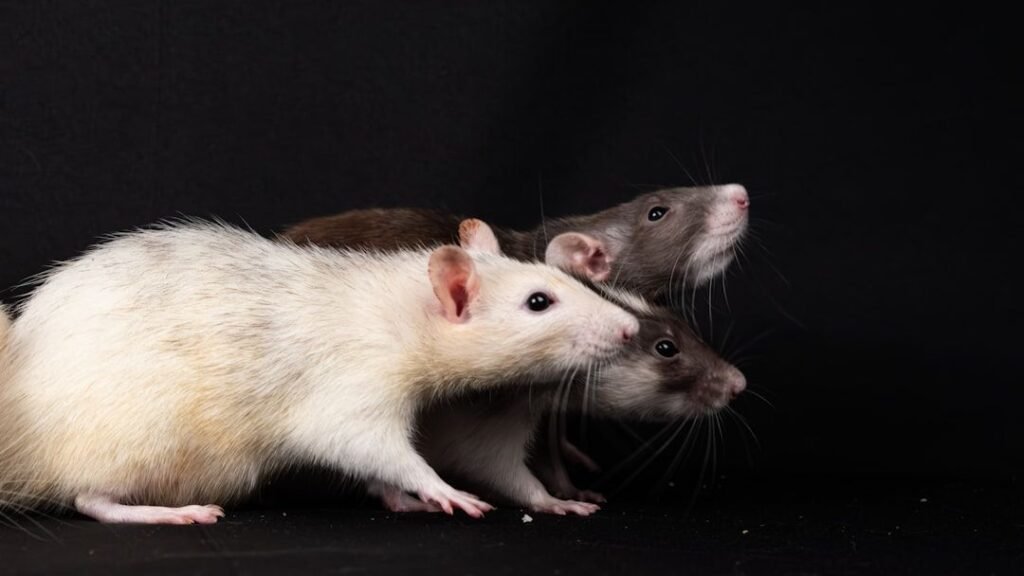If you’ve ever wandered past a farm and heard an unearthly wail that sent shivers down your spine, chances are you’ve stumbled across a goat mid-scream. It’s a sound that’s alternately hilarious, startling, and uncannily human. Why do these gentle, quirky creatures belt out such spine-tingling cries? The answer is more fascinating than you might think, blending biology, psychology, evolution, and a dash of goatish personality. Join us as we unravel the mystery behind the goat scream—a phenomenon that’s surprised farmers, viral video fans, and scientists alike.
The Surprising Similarity: Goats and Human Voices
Few things are more bewildering than hearing a goat “scream” and mistaking it for a person in distress. This uncanny resemblance isn’t just your imagination. The vocal cords of goats are surprisingly similar to those of humans, allowing them to produce a broad range of pitches and tones. When goats bellow, their vocal tract shapes the sound in ways that echo human shouts, cries, or even laughter. This similarity is partly due to convergent evolution, where unrelated species develop similar traits to solve similar problems—like communicating over long distances. So, next time a goat’s scream makes you do a double-take, remember: it’s not just a coincidence, it’s science at work.
Evolutionary Reasons for Goat Vocalizations
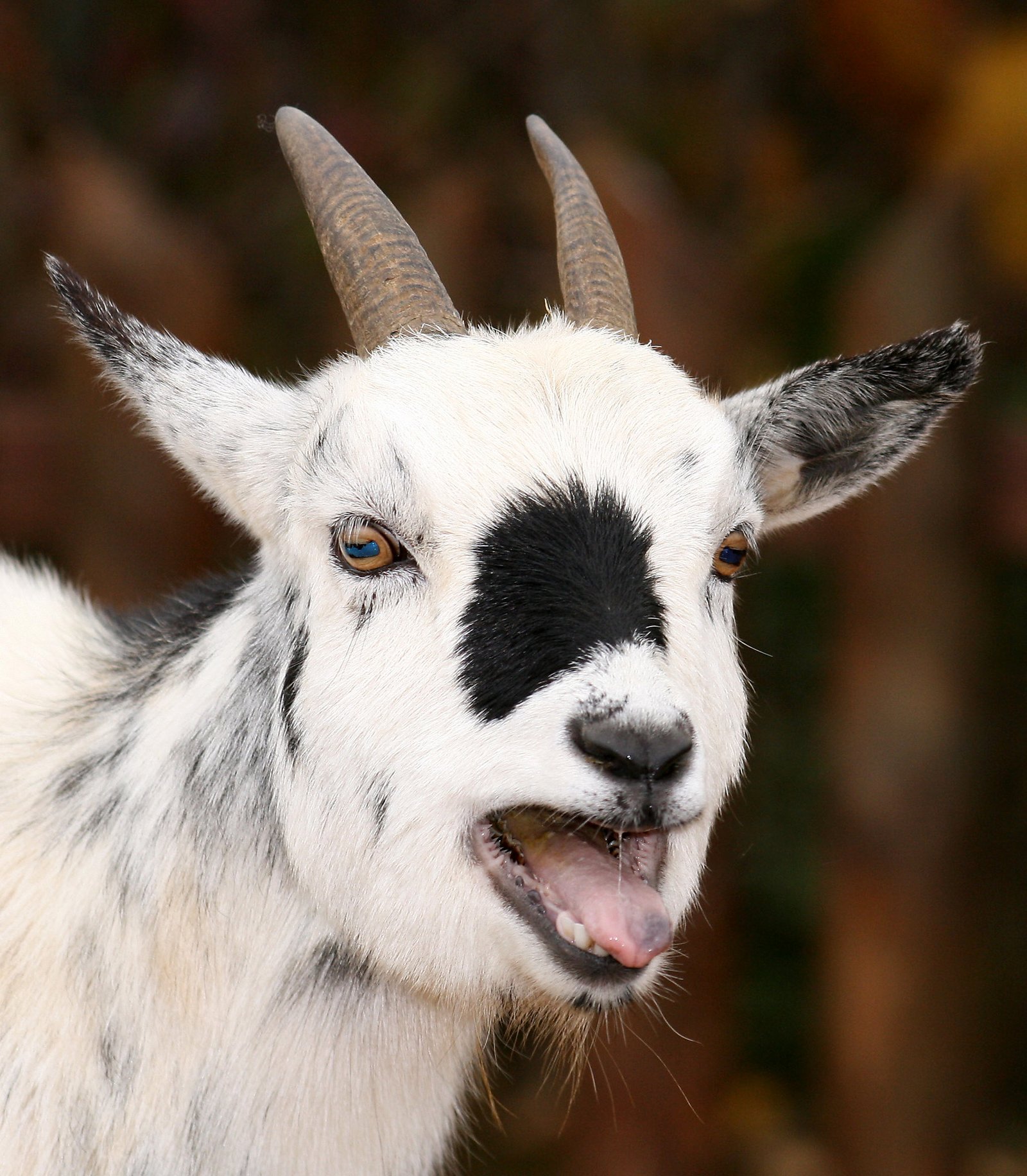
Goats have been fine-tuning their vocal skills for thousands of years, and screaming serves real evolutionary purposes. In the wild, goats lived in rugged landscapes where visual contact could easily be lost. Loud, attention-grabbing vocalizations helped them stay in touch with their herd, warn others of danger, or signal distress. Screaming could be a life-saving alarm, alerting companions to predators or hazards. Over generations, the goats best able to make themselves heard (and understood) had a better chance of surviving and passing on their talent for dramatic sound effects.
Emotional Expression: What Goats Are Really Saying
Despite what it looks like on YouTube, goats don’t just scream for fun—or for internet fame. Their vocalizations are packed with meaning. A sharp, urgent scream might signal fear, frustration, or pain. A softer bleat might mean a goat is hungry, lonely, or looking for attention. Scientists studying goat communication have found that their vocal sounds change depending on their emotional state, much like the tone of a person’s voice shifts with mood. It’s their way of expressing themselves, making goat screams a window into their feelings.
Communication Within the Herd
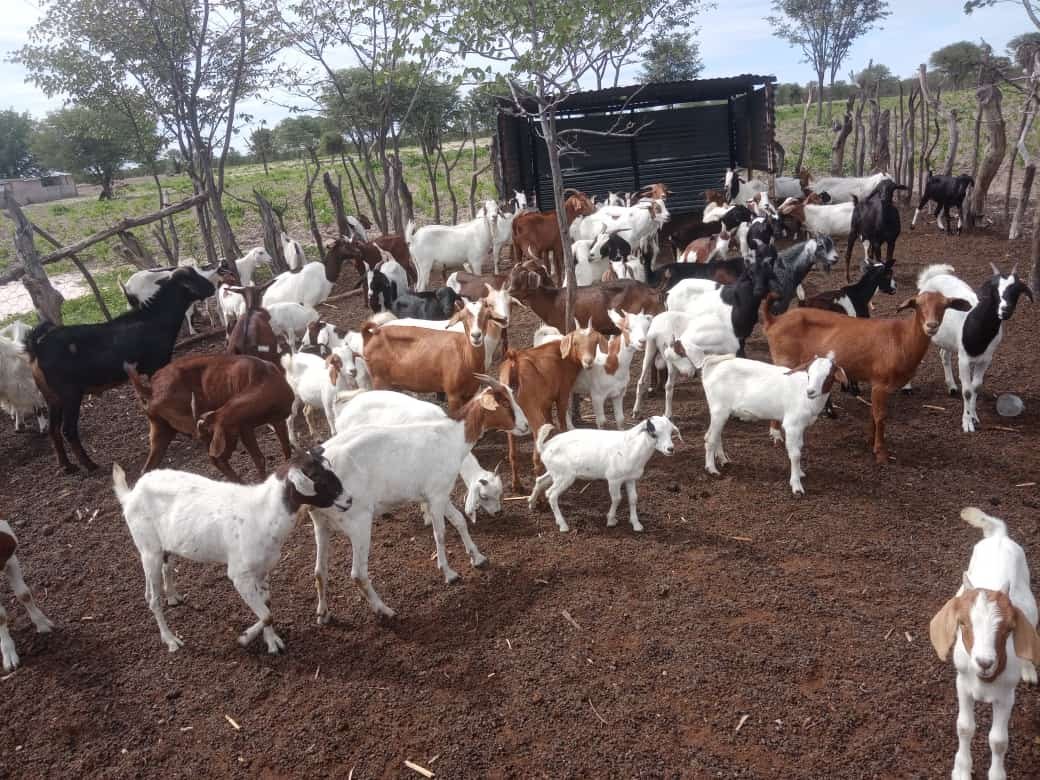
Goat society is more complex than it first appears, and their voices play a key role in keeping the herd together. Mothers and kids (baby goats) develop unique calls that help them find each other in a crowd—a bit like calling out for your friend in a busy mall. These vocal “signatures” are recognized and remembered, strengthening bonds between individuals. Screaming isn’t just noise; it’s a vital language that keeps families united and the herd functioning as a team.
Stress, Excitement, and the Goat’s Personality
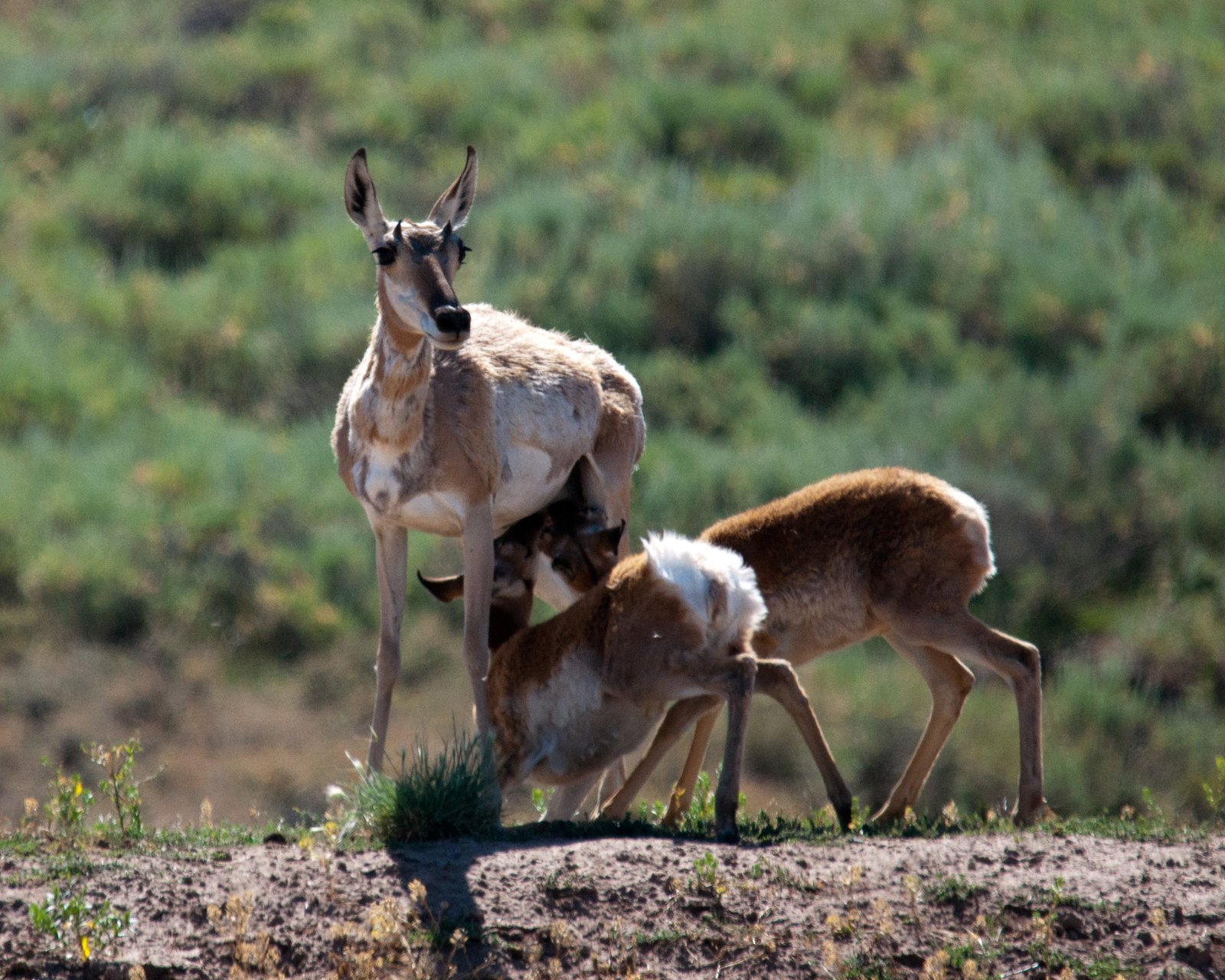
Not all goats are created equal—some are quiet and reserved, while others are absolute drama queens. Goat screaming is often a sign of excitement or stress. A goat separated from its friends might scream out of anxiety, while another might shriek with glee at mealtime. Just like people, goats have personalities that affect how, when, and why they vocalize. Some breeds, such as the Nubian, are notorious for being loudmouths, while others are more subdued. Personal quirks and environmental factors combine to make each goat’s “voice” unique.
The Role of Domestication in Goat Vocalization
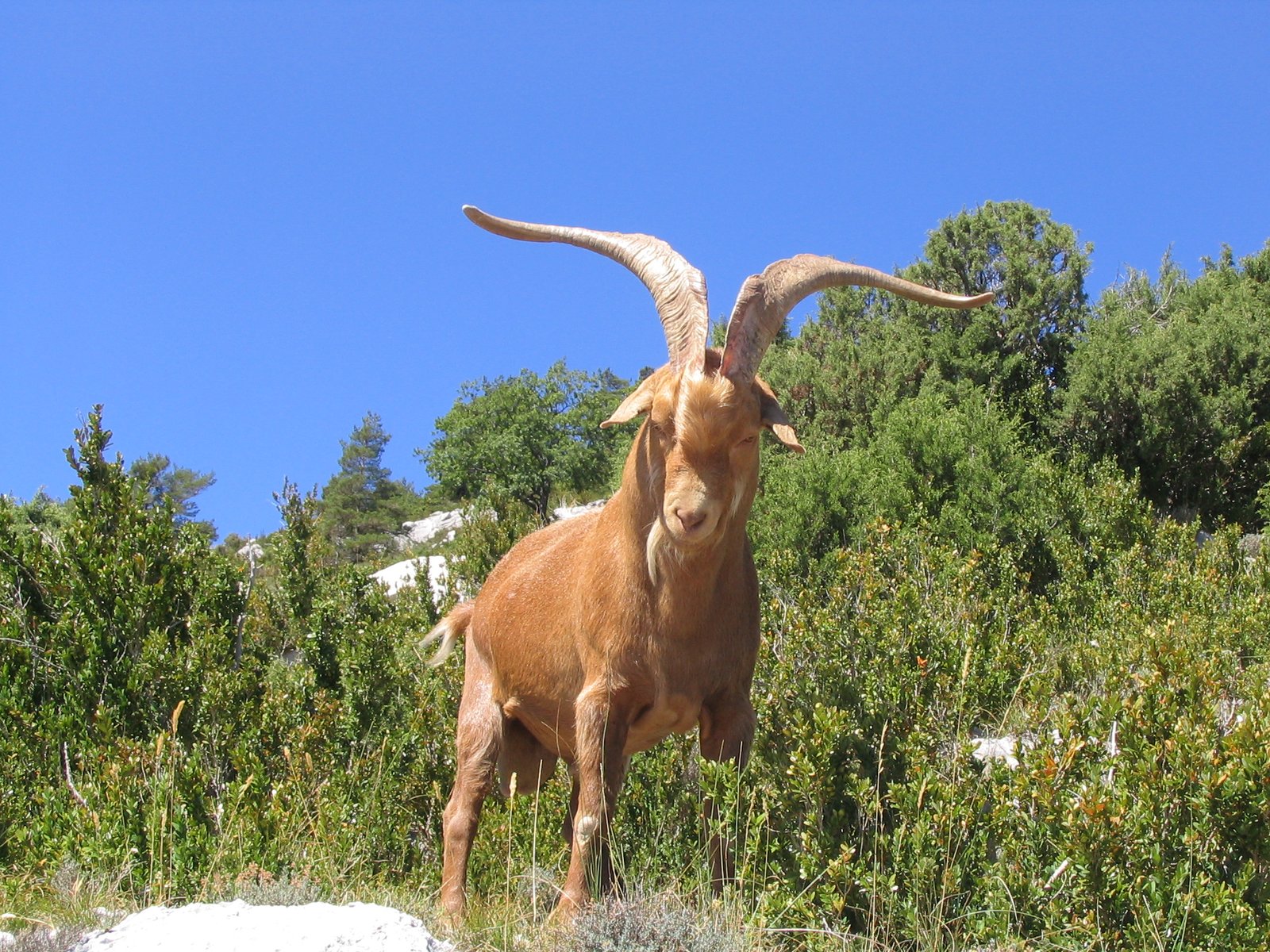
As goats have moved from wild cliffs to cozy barns, their relationship with humans has shaped how they communicate. Domesticated goats often rely on vocalizations to get attention from their caretakers. If a goat learns that screaming brings food or affection, it’s likely to keep up the racket. Over generations, domestication has favored goats that are more responsive and expressive, making “talkative” goats more common on modern farms. This is a classic example of how animals adapt their behaviors to fit their new, human-shaped world.
Goat Breeds and Their Distinctive Voices
Just as people from different regions have unique accents, goat breeds come with their own vocal flavors. Some breeds, like the Alpine, are known for their high-pitched, sharp cries, while others, like the pygmy goat, tend to be softer spoken. This variation is influenced by genetics, environment, and even the purpose for which the breed was developed. Dairy goats, for instance, might be more vocal to ensure they’re noticed at milking time. These breed differences add to the symphony of sounds you’ll hear on a diverse farm.
Goats in Pop Culture: Viral Fame and Misconceptions
The internet has turned goat screams into legendary memes, with viral videos racking up millions of views. Clips of goats “singing” along to pop songs or shrieking at unsuspecting visitors have made them pop culture icons. While these videos are hilarious, they sometimes mislead people about the reasons behind the noise. It’s not all for laughs—these sounds are rooted in biology and emotion. Still, the attention has made goats beloved by people who might never have set foot on a farm, helping build appreciation for these fascinating animals.
Scientific Insights: What Research Tells Us
Recent studies have delved deep into the science of goat communication. Researchers use audio analysis to break down the frequency, pitch, and duration of goat calls, revealing patterns that humans can’t easily detect. For example, scientists have found that goats can recognize each other’s voices, and even pick out familiar humans. Some research suggests that goats may change their calls based on their audience—a sign of surprising intelligence and social awareness. These findings help us appreciate goats not just as farm animals, but as complex creatures with rich social lives.
The Human-Animal Connection: Why We Relate to Goat Screams
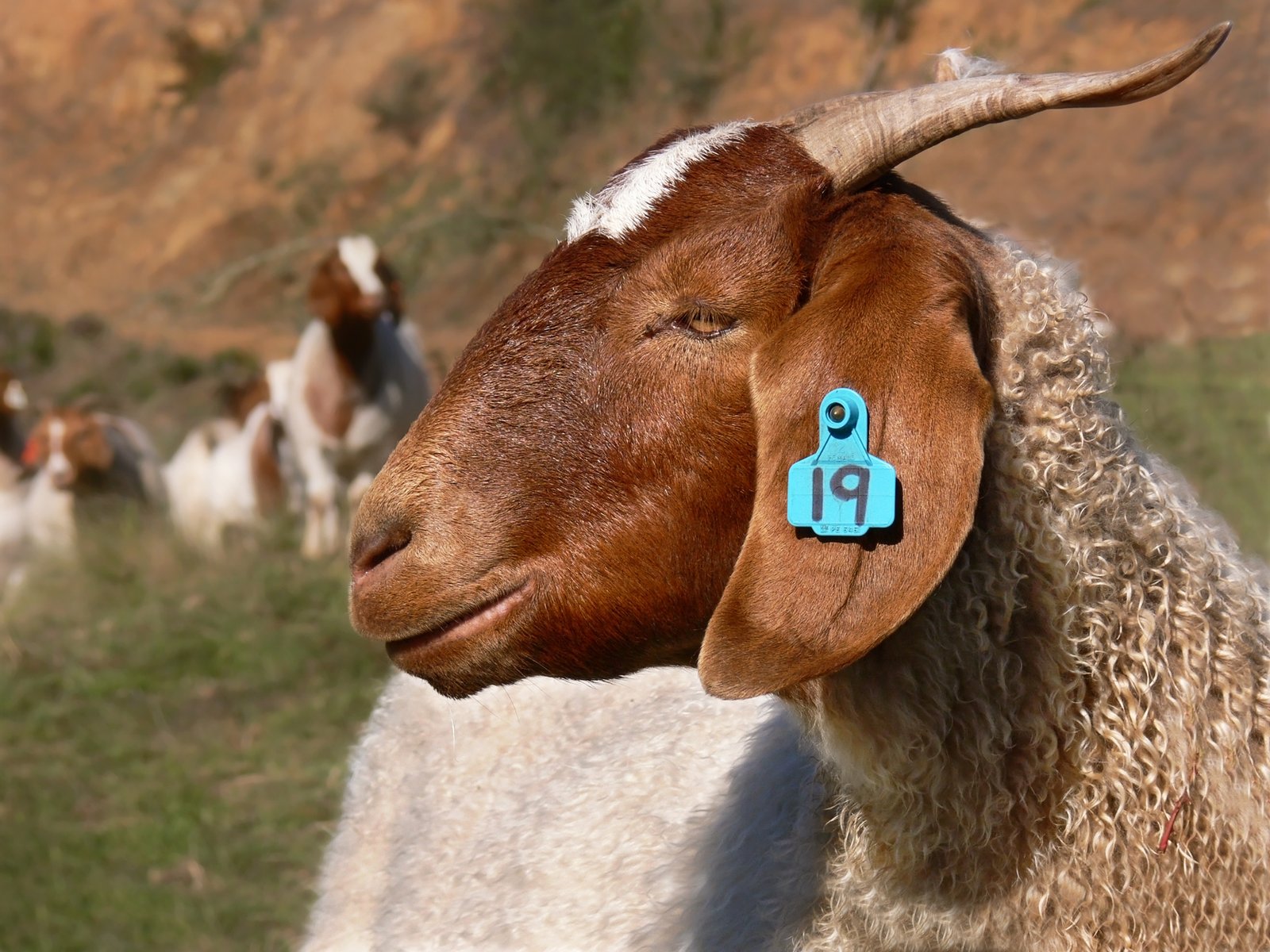
There’s something oddly comforting about hearing a goat scream and realizing that animal emotions aren’t so different from our own. The overlap in vocal expressions reminds us that animals experience joy, fear, loneliness, and excitement just as we do. This connection has inspired writers, artists, and scientists to look at goats—and all animals—with greater empathy. When a goat’s scream echoes across the field, it’s a reminder that the gap between “us” and “them” isn’t as wide as we once thought.
How to Interpret and Respond to Your Goat’s Calls
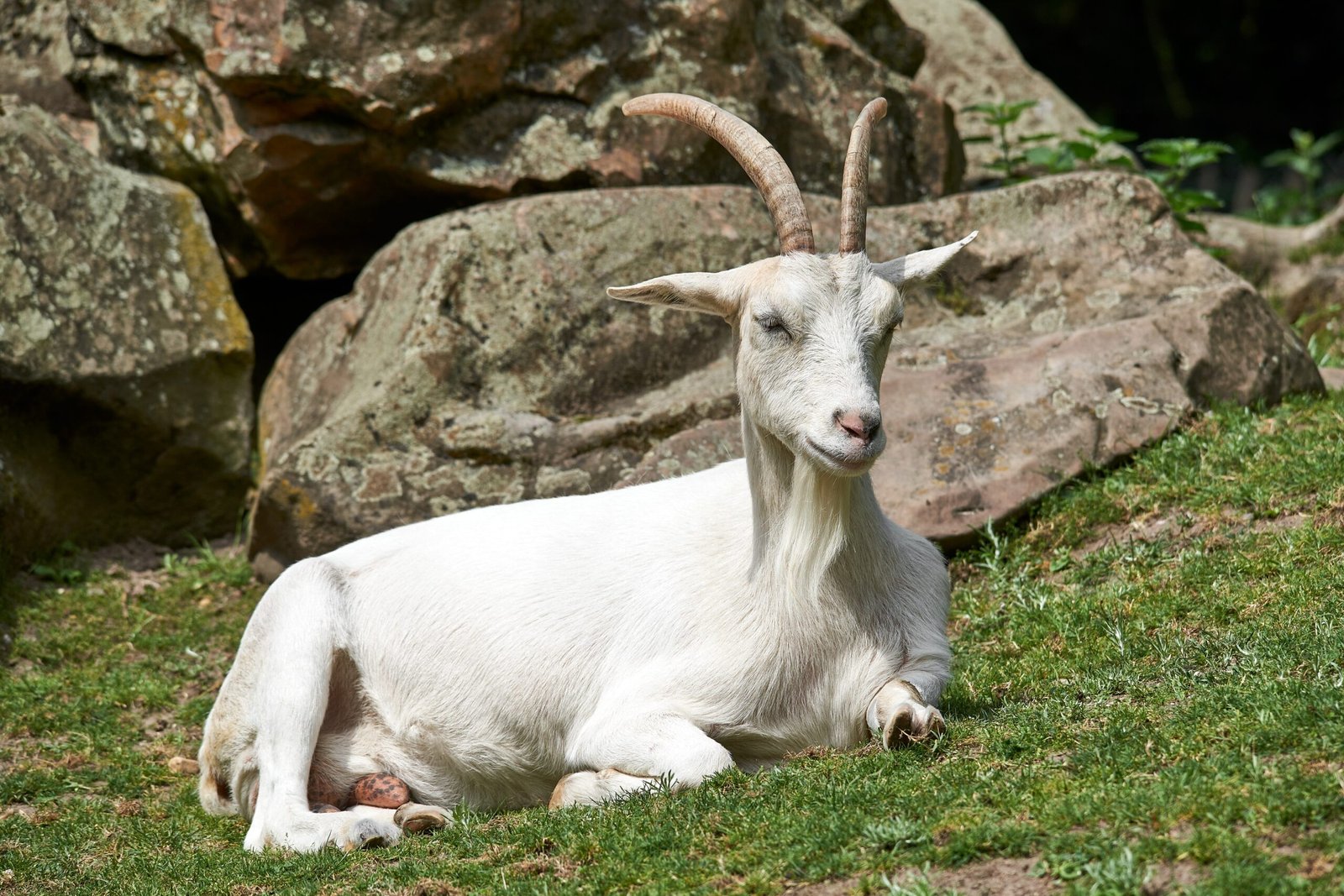
For those who keep goats, understanding their vocalizations is the key to better care and stronger bonds. Paying attention to the context—whether it’s feeding time, a new arrival, or a sudden noise—can help decode what a goat’s scream really means. Responding with calmness, attention, and empathy can reassure a distressed goat or celebrate with a happy one. Recognizing their needs and feelings makes for a happier herd and a more rewarding relationship with these expressive animals.
Goat screams are more than just viral comedy or farmyard background noise—they’re a fascinating blend of biology, emotion, and evolution. Their voices connect them to each other and to us, revealing a world of feeling and communication just beneath the surface. Isn’t it astonishing how much we can learn from a simple “baa”?

